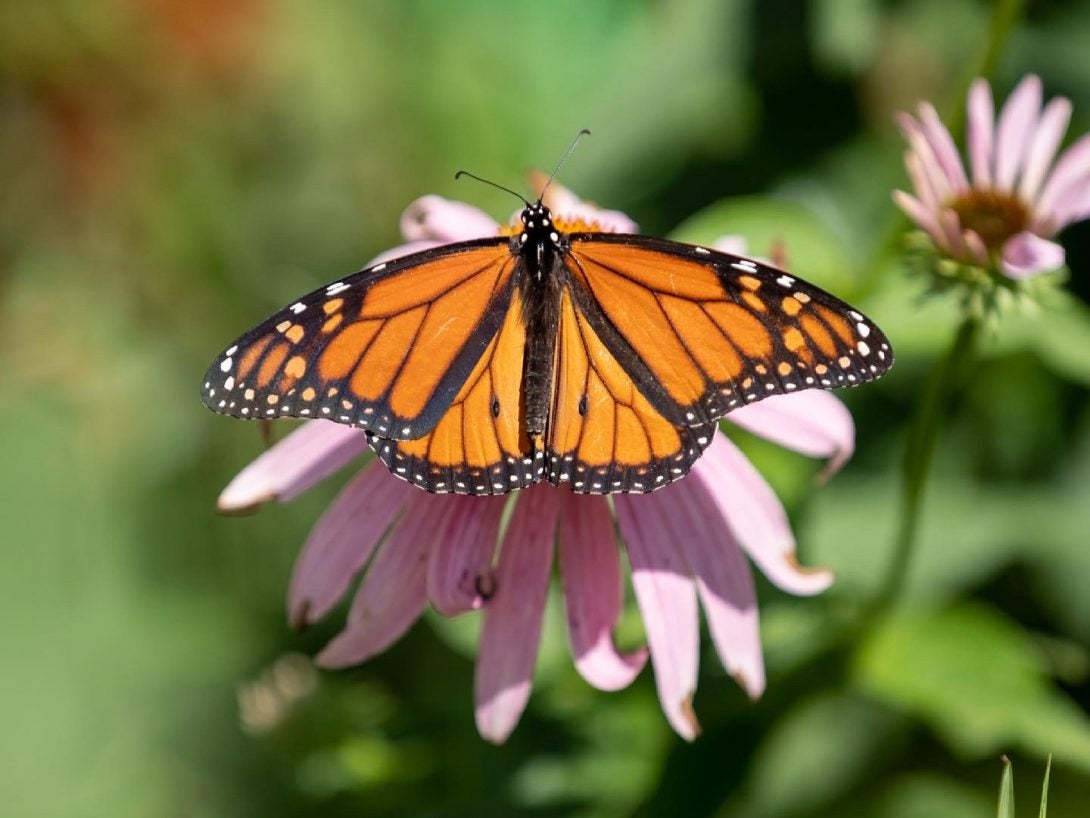What is CIM2AS? Heading link
CIM2AS seeks to integrate aspects of the monarch and milkweed relationship into a new science curriculum that spans high school biology to upper-division biology and chemistry courses at UIC.
The new integrated curriculum developed through CIM2AS aims to attract more Latinx students to science by weaving culturally relevant connections into science courses. It also aims to improve success for all students by connecting content from different science courses through the monarch and milkweed theme. CIM2AS is an ambitious collaboration spanning Chicago and surburban high schools, Chicago area Hispanic Serving Institutions, and UIC’s Departments of Biological Sciences and Chemistry, the Rafael Cintrón Ortiz Latino Cultural Center, and the College of Education.
CIM2AS is supported by a grant from the National Science Foundation for Hispanic Serving Institutions (HSIs).
PI: Mary V Ashley, Department of Biological Sciences
Who is CIM2AS? Heading link
- CIM2AS is funded by a $2.5M NSF grant awarded to Departments of Biology (LAS), Curriculum and Instruction (COE) and LCC (Office of Diversity).
- Participating instructors to date represent five Hispanic Serving High Schools in the Chicago area, three 2-year colleges (Malcolm X, Oakton CC, and Wilbur Wright College), Northeastern Illinois University, Aurora University, and two UIC science departments.
- CIM2AS also supports 6-8 undergraduate interns each summer that includes both an intensive research experience, cultural programs, and professional development.
Why Monarchs and Milkweeds? Heading link

The monarch and milkweed system is so rich and well-studied, our instructors have found many connections with the materials they are presenting in their biology, chemistry, and environmental science courses. To date, the monarch and milkweed theme has been integrated into courses including high school biology and physical science, introductory biology, ecology, evolution, cell biology, animal physiology, genomics, and organic chemistry. We have also explored many ways to make cultural connects to social and environmental justice, human migrations and diaspora, and indigenous knowledge.